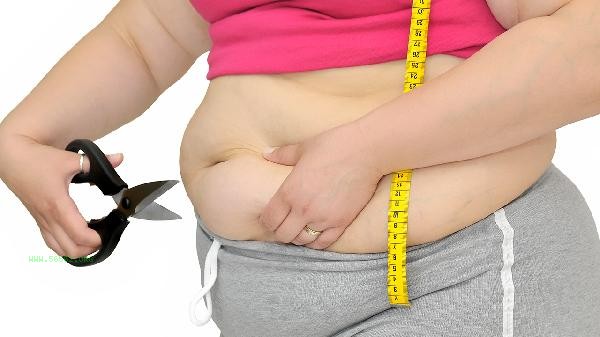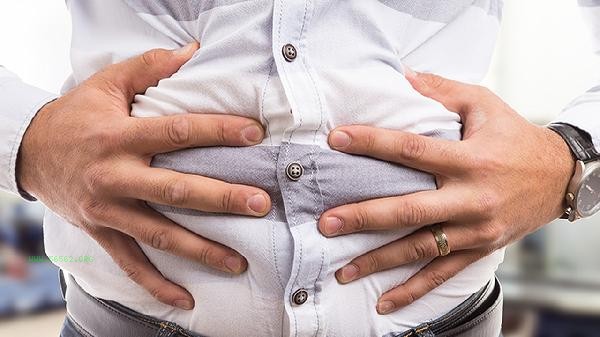Excessive intake of seafood during weight loss can be treated by adjusting dietary structure, increasing water intake, strengthening exercise consumption, monitoring body reactions, and seeking medical attention if necessary. Although seafood is rich in high-quality protein, excessive intake may lead to elevated uric acid levels or indigestion.

1. Adjust dietary structure:
Reduce the intake of other high protein foods such as meat and soy products on the same day to avoid exceeding the total protein limit. Increase the proportion of dietary fiber in the next 3 days and choose foods such as oats and broccoli to promote metabolism. Replace some of the main meals with low calorie cucumbers and tomatoes to balance the calorie deficit.
2. Increase water intake:
Drink 2000-2500 milliliters of water daily to accelerate uric acid excretion, which can be paired with lemon water or light green tea. Avoid sugary drinks as water can alleviate the burden of purines in seafood. Control water intake 2 hours before bedtime to prevent edema from affecting weight monitoring.
3. Strengthen exercise expenditure:

Engage in 45 minutes of aerobic exercise such as brisk walking and swimming to help burn excess calories. Combining 20 minutes of resistance training to improve basal metabolic rate, prioritize composite movements such as squats and plank supports. Supplement electrolyte water after exercise to avoid muscle fatigue caused by a high protein diet.
4. Monitor physical reactions:
Observe whether there are allergic or gout precursor symptoms such as joint swelling and pain, skin itching, etc. Weigh in the morning for three consecutive days. If the weight continues to increase, check for edema or metabolic abnormalities. Record bowel movements, excessive protein may lead to disruption of gut microbiota.
5. Seek medical attention if necessary:
If severe diarrhea or urticaria occurs, seek medical attention promptly and check for seafood allergies or bacterial infections. If the blood uric acid level exceeds 420 μ mol/L, it is recommended to undergo rheumatology evaluation. Long term high purine diet may induce gout. Ketone bodies should be detected in diabetes patients with sudden blood glucose fluctuations.

During weight loss, it is recommended to choose low mercury seafood such as salmon and shrimp, and consume no more than 3 times a week, with each intake controlled within 150 grams. When cooking, use steaming and blanching methods to avoid deep frying or butter frying. Eating it with ginger vinegar juice can not only remove fishy smell but also promote digestion. Maintain food diversity in daily life, and seafood can be eaten together with mushrooms and green leafy vegetables to improve nutrient utilization. supplementing with an appropriate amount of seafood 30 minutes after exercise can help with muscle repair, but it is important to pay attention to total calorie control. Establish a diet diary to record body feedback and gradually find the appropriate seafood intake for individuals.



Comments (0)
Leave a Comment
No comments yet
Be the first to share your thoughts!